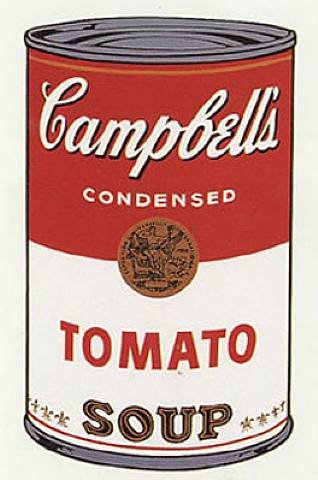
On a recent sunny summer afternoon, with the demands of running an art gallery and writing a weekly blog weighing heavily on me, all I wanted to do was sit in the garden and watch the figs ripen. What I didn't want to do was read another dry, didactic book about art. Much to my delight, Hunter Drohojowska-Philp's recently released Rebels in Paradise: the Los Angeles Art Scene and the 1960s, is the opposite of that -- entertaining, informative and fun to read. It was the perfect escape.
Drohojowska-Philp introduces all the major players of the 60s Los Angeles art scene in straight-forward prose that makes you feel you are a guest at a very interesting dinner party. Anecdotal information about who knew whom, who hung out together, where they grew up, how they came to Los Angeles, their romances, their battles, their relationships with galleries and collectors, tell as much or more about the spirit and free-wheeling creativity of this period than any academic analysis.
Central to the early development of the LA art scene is curator and museum director Walter Hopps, who along with artist Ed Kienholz founded Ferus Gallery in 1957. The suave Irving Blum replaced Kienholz when he left the gallery a year later to concentrate on making art. Hopps and Blum famously took a chance on a young Andy Warhol, giving him his first gallery showing of his Campbell's Soup can paintings.

Andy Warhol, Campbell Soup I, 1968
The night before the opening of the Warhol exhibition, actor Dennis Hopper threw a party for the Ferus crowd in his West Hollywood home, where Warhol met movie stars and actors including Robert Dean Stockwell, Sal Mineo, Suzanne Pleshette, Peter Fonda and Troy Donohue. The party prompted Warhol to say that it was the most exciting thing that had ever happened to him.
"Vacant, vacuous Hollywood was everything I ever wanted to mold my life into. Plastic. White-on-white. I wanted to live my life at the level of the script of The Carpetbaggers."
Warhol's Ferus exhibition was followed a week later by the opening of a Marcel Duchamp retrospective at the Pasadena Art Museum (PAM). After the opening and a quick trip to Las Vegas, Duchamp returned to PAM to play chess on the board set up in his exhibition. Walter Hopps' nineteen-year-old girlfriend, Eve Babitz, was invited by photographer Julian Wasser to be photographed playing chess with Duchamp. Babitz stripped naked and sat down at the table with Duchamp, Wasser photographing the surreal scene using Duchamp's famous The Bride Stripped Bare by Her Bachelors, Even as a backdrop. The event prompted Man Ray to say that "there was more Surrealism rampant in Hollywood than all the Surrealists could invent in a lifetime."
And that's just Chapter One.
As the decade progressed and Pop, Mininmal and Conceptual art movements began to define the LA scene, Barney's Beanery became the de facto clubhouse for Ferus Gallery artists Ed Kienholz, Robert Irwin, John Altoon, Ed Moses, Craig Kauffman, Ken Price and Billy Al Bengston. Kienholz reminisced:
"We didn't talk the art out... If we sat around in the Beanery, we talked about who was a good fuck and where we were going to get six dollars so we could buy gas for a car to go to the Valley and get drunk... I don't know that I've ever talked to Bob Irwin about art in my life."
We learn how a young David Hockney, never having driven a car when he first arrived in LA, got his license and bought a Ford Falcon for $1,000. "He managed to get on the Santa Monica Freeway, but, not knowing how to get off, wound up driving all the way to Las Vegas, where he won some money at a casino and then drove home the same night."
We hear the disturbing story about wealthy art collector Frederick Weisman's encounter with Frank Sinatra in the Polo Lounge of the Beverly Hills hotel:
Frank Sinatra was hosting a dinner party for Dean Martin at a nearby table. Weisman complained that Sinatra's party was making too much noise and making anti-Semitic remarks... Accounts differ about what happened next. Marcia, who was not there, said that her husband was hit with a blackjack by Sinatra's bodyguard. An eyewitness claimed that Sinatra threw one of the telephones kept in the Polo lounge booths at Weisman's head. Weisman was taken to Mount Sinai Hospital with a fractured skull and remained in a coma for months. The LAPD wanted to make an arrest but Marcia received anonymous threatening phone calls warning her not to press charges.
Architect Frank Gehry sums up the spirit of the time saying of the Ferus artists: "I was in awe of what they were doing... California was about freedom because it wasn't burdened with history. The economy was booming because of the aircraft industry and movie business, and things were going up quickly. Everybody could make whatever they wanted... That's what democracy is about. Democracy didn't say everybody has to have taste."
